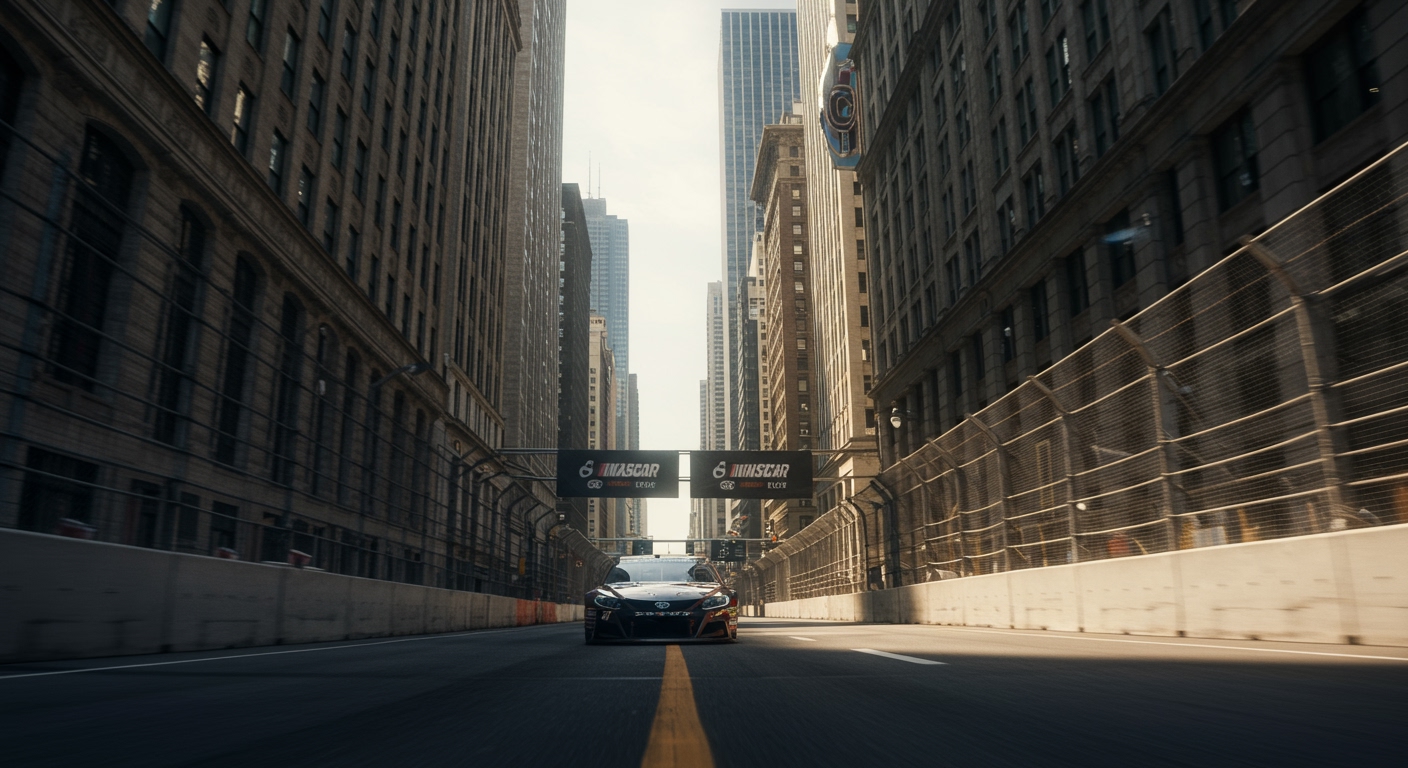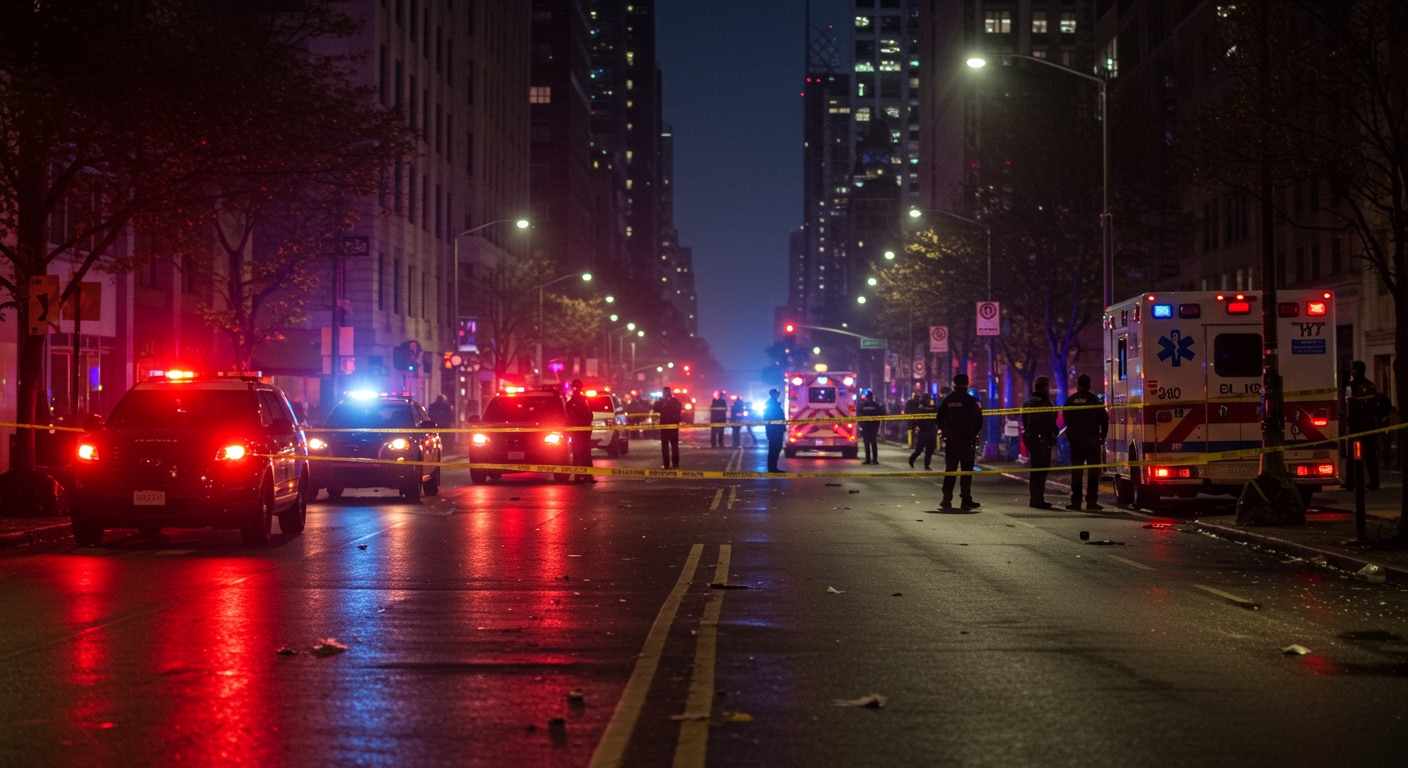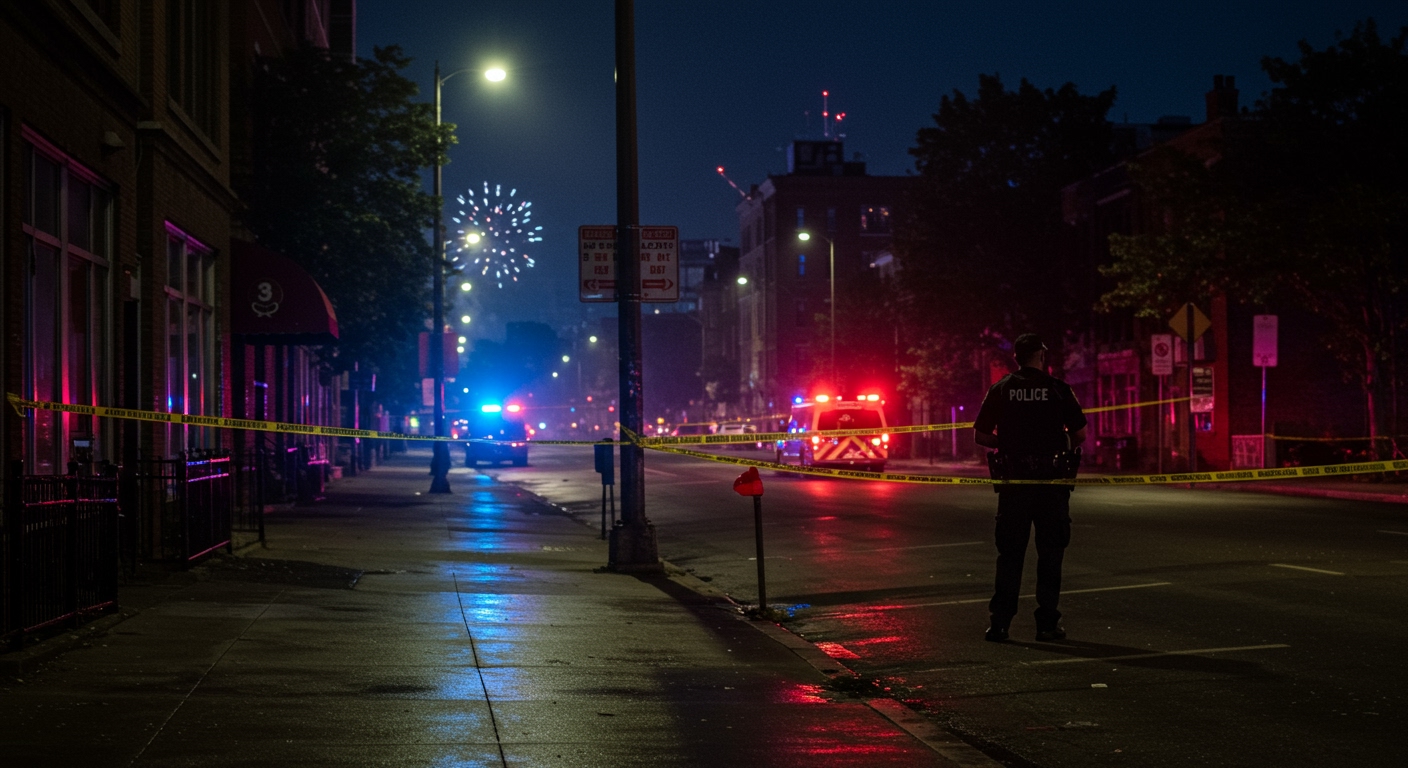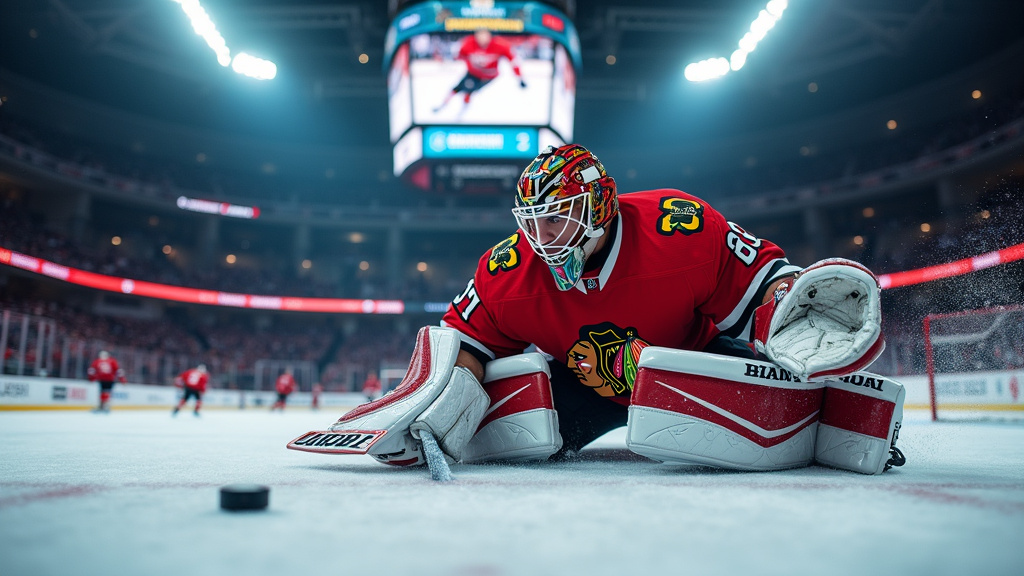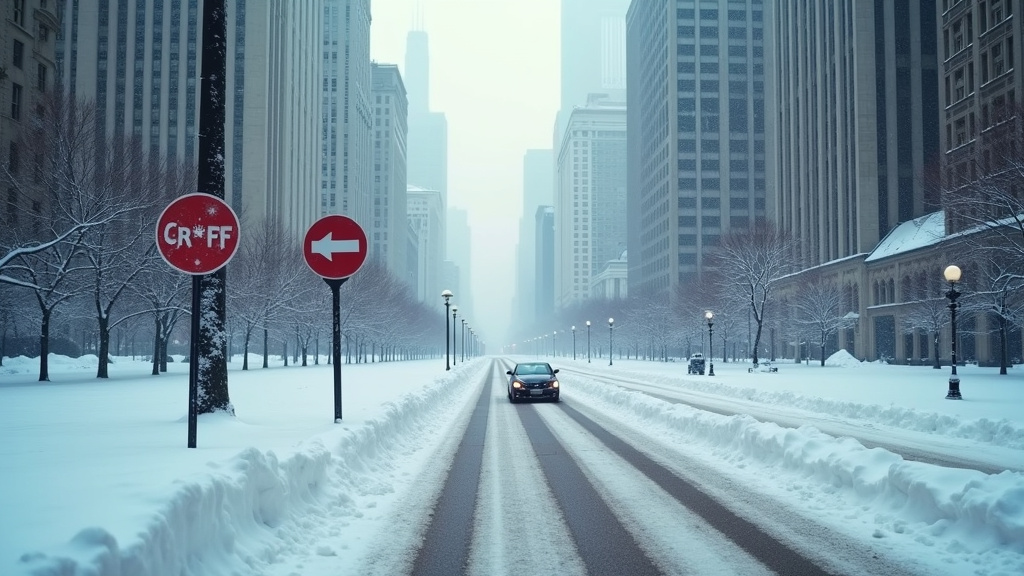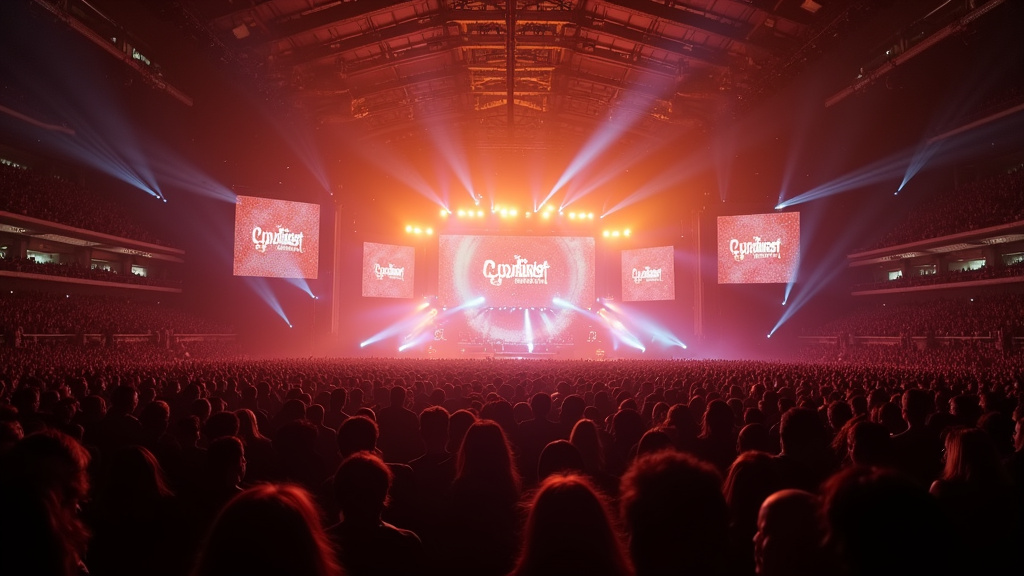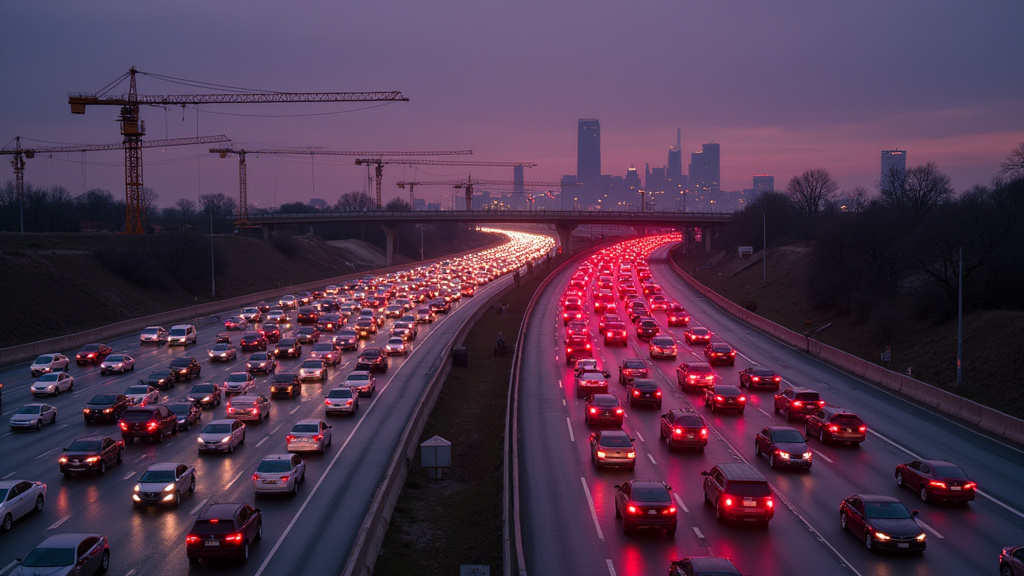CHICAGO – The future of the NASCAR Chicago Street Race finds itself shrouded in uncertainty as the event approaches the conclusion of its initial three-year contract with the city this weekend. The groundbreaking deal, initially announced in 2022 by then-Mayor Lori Lightfoot, included provisions for two mutual options for extension, the fate of which remains currently unclear.
Contractual Crossroads
The agreement that brought professional stock car racing to the streets of downtown Chicago for the first time was framed as a multi-year commitment. The initial contract stipulated a three-year term, covering the races held in 2023, 2024, and culminating with the event scheduled for this weekend. Built into this framework were opportunities for both NASCAR and the City of Chicago (specifically, acting through the Chicago Park District) to mutually agree to prolong the partnership. These two mutual options for extension offer a potential path forward but require active negotiation and agreement from both parties.
As the checkered flag prepares to wave on the third year of the contract, stakeholders on both sides are engaged in discussions that will determine whether these extension options are exercised, potentially keeping NASCAR in Chicago for additional years.
Navigating Negotiations
Official statements from both NASCAR and city representatives confirm that conversations about the event’s future are underway. Julie Giese, President of the NASCAR Chicago Street Race, indicated that there have been “good conversations” with city officials. However, Giese emphasized that the immediate priority for her team remains squarely focused on the successful execution of the upcoming 2025 event. The complex logistics of staging a race across the city’s central business district demand significant attention, and ensuring a smooth operation this weekend is seen as crucial.
Speaking on behalf of Mayor Brandon Johnson’s administration, Senior Advisor Jason Lee also acknowledged the ongoing nature of these discussions. Lee suggested that the overall success and reception of the 2025 race could significantly influence future decisions regarding the contract options. This implies that performance metrics, public perception, and logistical outcomes from this weekend’s event will likely play a crucial role in the forthcoming negotiations.
The contractual timeline includes a specific window for action. According to the agreement, NASCAR has a 90-day window following the conclusion of Sunday’s race to formally request a two-year contract extension from the Chicago Park District. This deadline sets a clear timeframe for when a decision or at least a formal proposal must be made, pushing the determination on the event’s long-term presence in the city into the late summer or early autumn.
Addressing Challenges and Potential Changes
The NASCAR Chicago Street Race has not been without its detractors since its inception. Initial criticism emerged from some city residents and businesses, primarily citing concerns over the significant disruptions caused by extensive street closures required for track construction and the event itself. These closures impacted traffic, access, and local commerce in the downtown area.
In response to such feedback and to mitigate disruption, organizers have made adjustments over the past two years. Notably, the construction schedule required to build and dismantle the circuit has been significantly reduced. The duration of construction, which caused considerable inconvenience in the inaugural year, was cut from 43 days in 2023 to a more streamlined 25 days this year. Organizers have also adjusted event layout elements, including relocating the concert stage and modifying viewing areas, in an effort to improve attendee experience and potentially lessen community impact.
Looking ahead, one significant possibility that has reportedly been discussed during negotiations is the potential to move the event to a different weekend entirely. The race is currently held over the busy Independence Day weekend. City officials have expressed concerns about the strain this timing places on essential city resources, particularly law enforcement personnel, who are already heavily tasked with managing numerous public events and security needs during the July 4th festivities. Relocating the race could potentially alleviate these demands and make the event more logistically manageable for the city.
The Race and its Footprint
The temporary racing circuit itself is a technical challenge for drivers and a unique spectacle for fans. The course measures 2.2 miles in length and features 12 turns, weaving through iconic sections of downtown Chicago. Key thoroughfares incorporated into the layout include DuSable Lake Shore Drive, Michigan Avenue, and Columbus Drive. Transforming these bustling city streets into a closed-course race track requires complex engineering, extensive barriers, catch fences, and temporary infrastructure, highlighting the significant undertaking involved in hosting such an event.
Conclusion
As the third running of the NASCAR Chicago Street Race commences, the focus is bifurcated: delivering a successful event this weekend while simultaneously engaging in critical discussions that will shape its future. The explicit options for a two-year extension lie on the table, contingent upon mutual agreement and influenced by the perceived success of the 2025 race. With a 90-day window ticking down after Sunday, city officials and NASCAR leadership face a pivotal period to determine if this unique urban racing experiment will become a longer-term fixture on Chicago’s summer calendar.


